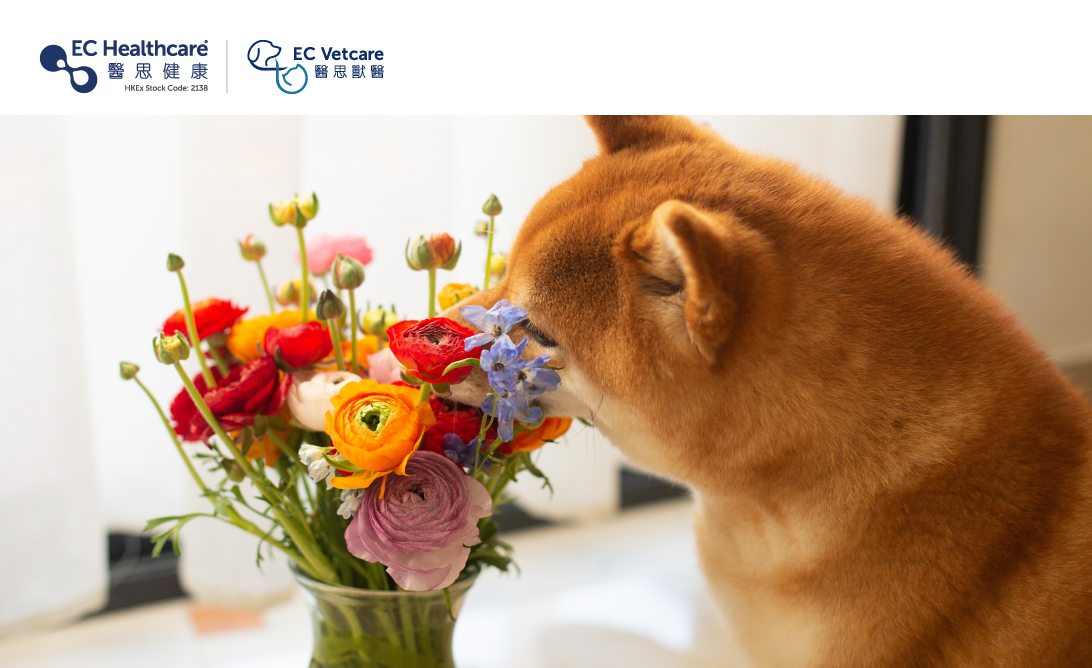No Touching for Cats and Dogs! 9 Common Lunar New Year Plants in Hong Kong That Pose Risks to Pet Health


"Flowers bring wealth and add beauty." It is a common tradition for many Hong Kong families to decorate their homes with Lunar New Year plants and flowers. However, it turns out that several of these festive plants are toxic and harmful to pets, ranging from causing mild vomiting to potentially fatal poisoning. To prevent any accidents, pet owners should avoid purchasing the following 9 Lunar New Year plants!

1. Narcissus
The entire narcissus plant is toxic to dogs. Its bulbs, flower buds, and roots contain highly toxic alkaloids from the Amaryllidaceae family. Ingestion can lead to symptoms such as drooling, vomiting, diarrhea, and abdominal pain in cats and dogs. If the central nervous system is affected, trembling, seizures, and irregular heart rhythms may occur.
2. Lily
Dogs have a lower toxicity response to lilies, which may result in symptoms such as low blood pressure, coma, or irregular heart rhythms. However, lilies are highly toxic to cats and even a slight ingestion of pollen or water can potentially lead to acute kidney failure.
3. Gladiolus (Sword Lily)
Sword lilies have highly toxic bulbs. Dogs that come into contact with them may experience symptoms such as excessive drooling, vomiting, diarrhea, dizziness, and lethargy.
4. Chrysanthemum
If cats or dogs ingest chrysanthemums, they may develop skin allergies, skin inflammation, vomiting, diarrhea, and loss of appetite.
5. Rhododendron
Grayanotoxins are present throughout the rhododendron plant. Just a few leaves of the plant can cause oral irritation, weakness in limbs, vomiting, and diarrhea in cats and dogs. The toxins can also affect the pet's nervous system, impacting heart function and leading to symptoms such as heart failure, difficulty breathing, coma, or even death.
6. Hydrangea
Hydrangeas contain amygdalin, which, when metabolized by the pet's body, forms hazardous cyanide. Within a few hours, pets may experience nausea, vomiting, and diarrhea, indicating gastrointestinal discomfort.
7. Lucky Bamboo
The toxicity of lucky bamboo primarily resides in its leaves and stems. In cats, it can cause abnormal excitement or depression, gastrointestinal disturbances, and dilated pupils. Dogs may experience excessive drooling, vomiting, diarrhea, and a depressed mood.
8. Dieffenbachia seguine
This plant contains toxic substances like calcium oxalate crystals and saponins. While not life-threatening, it can cause oral irritation, difficulty swallowing, and vomiting in cats and dogs.
9. Kalanchoe/Flaming Katy
Apart from the aforementioned Lunar New Year plants, there are countless other plants that can be harmful to pets, and pet owners must exercise caution. If there is suspicion that a cat or dog has come into contact with or ingested a toxic plant, it is important to immediately take a photo of the plant and bring the pet to a veterinary clinic for professional examination and treatment. It is crucial to avoid attempting to induce vomiting in cats and dogs on one's own.
Related Brands








